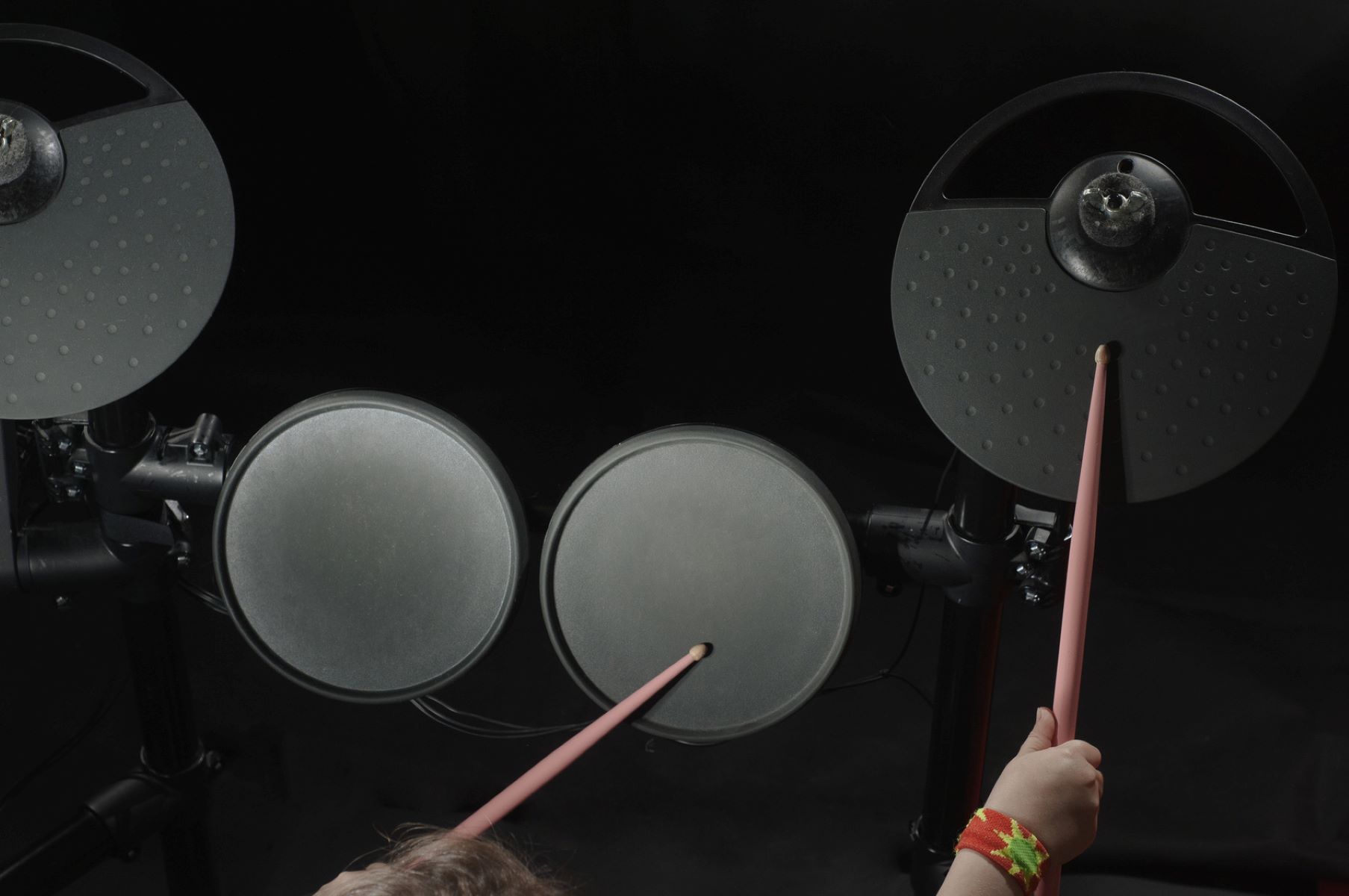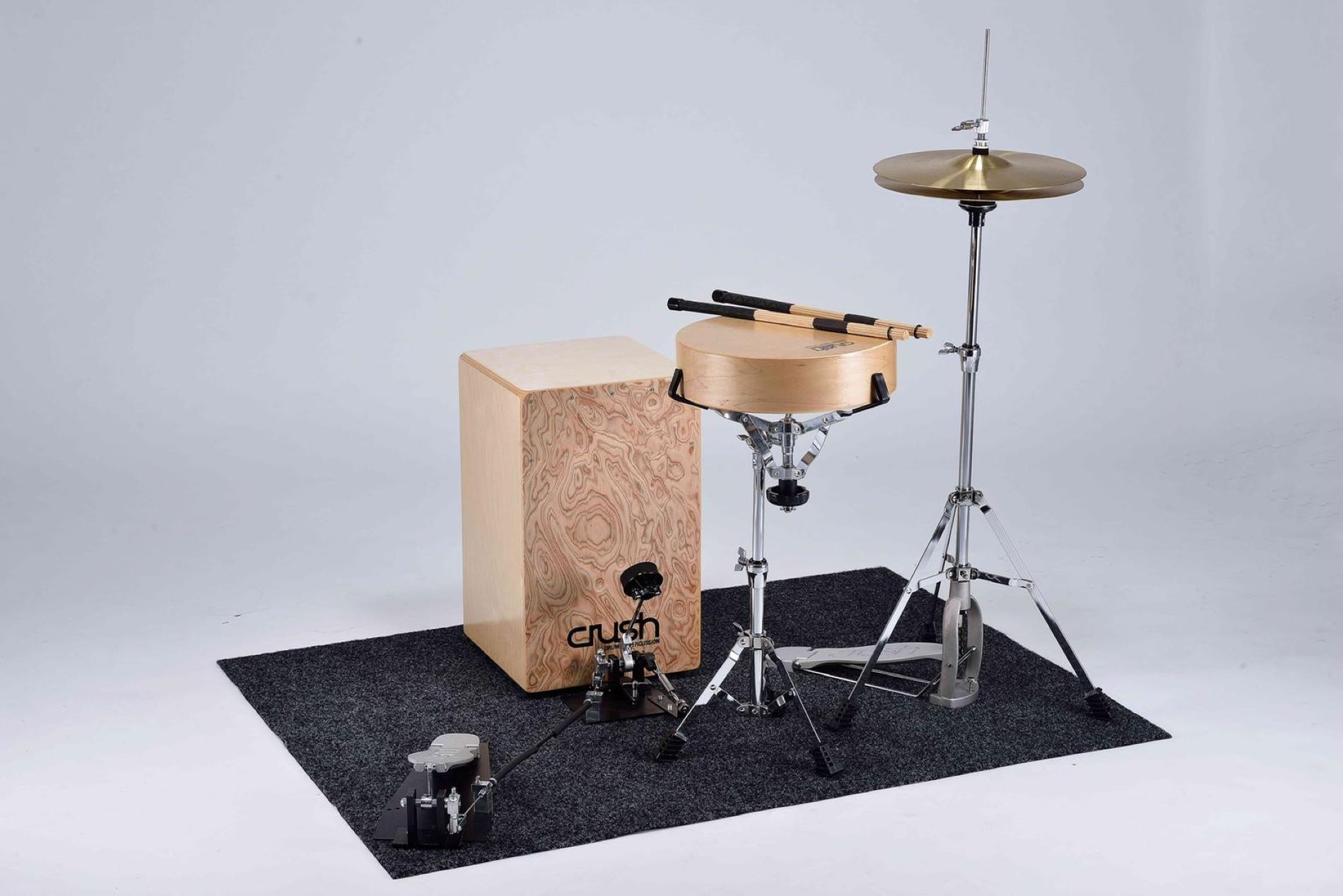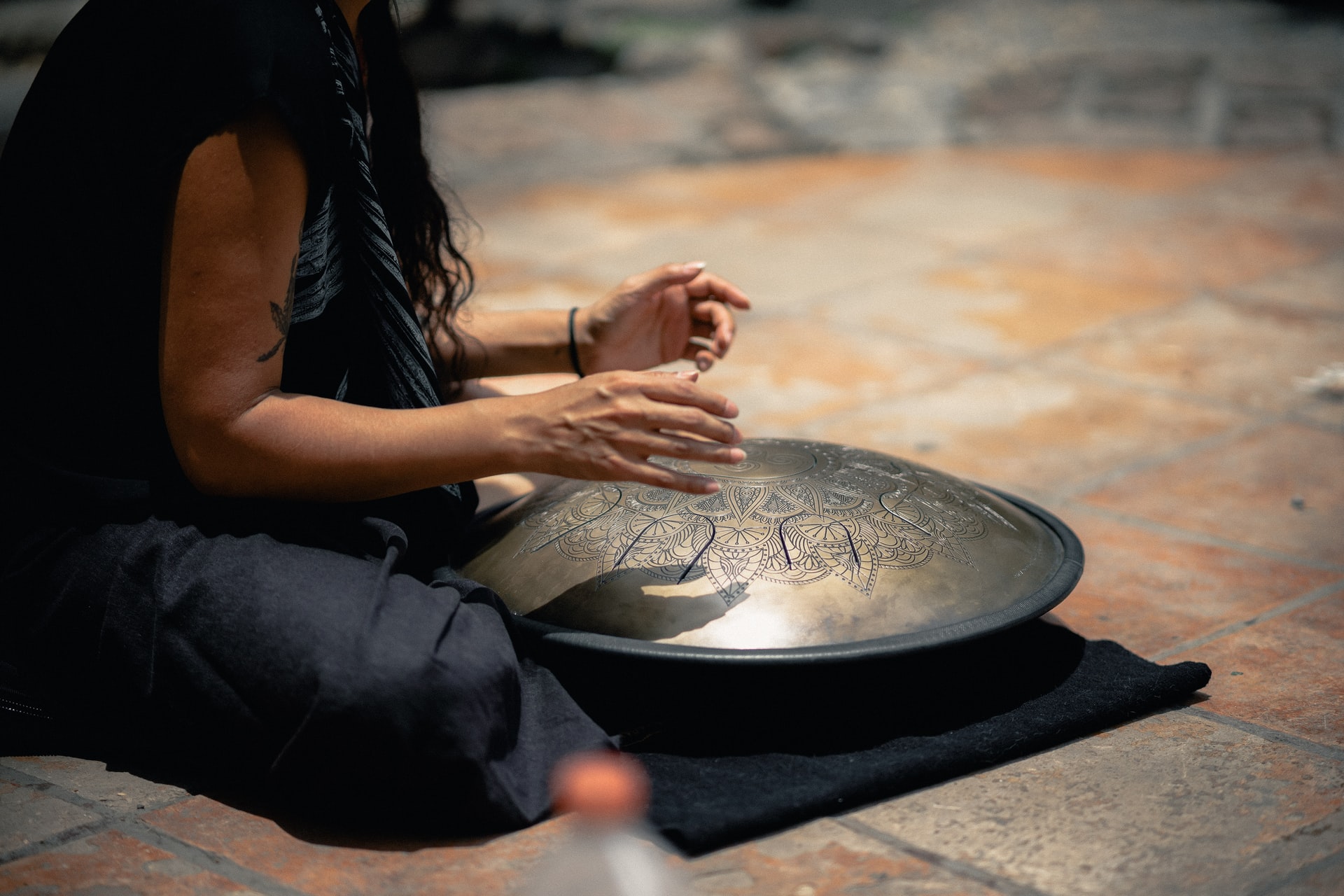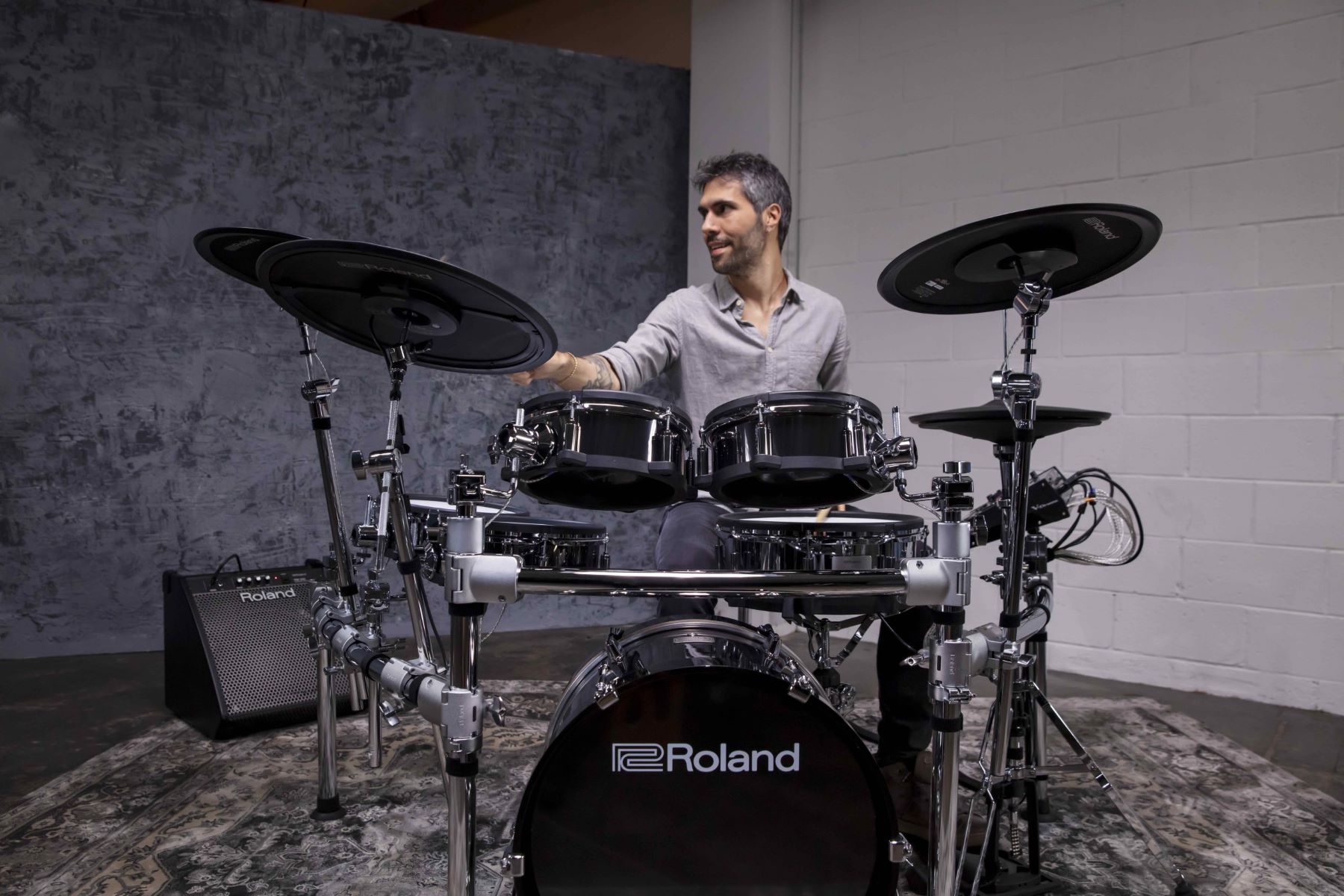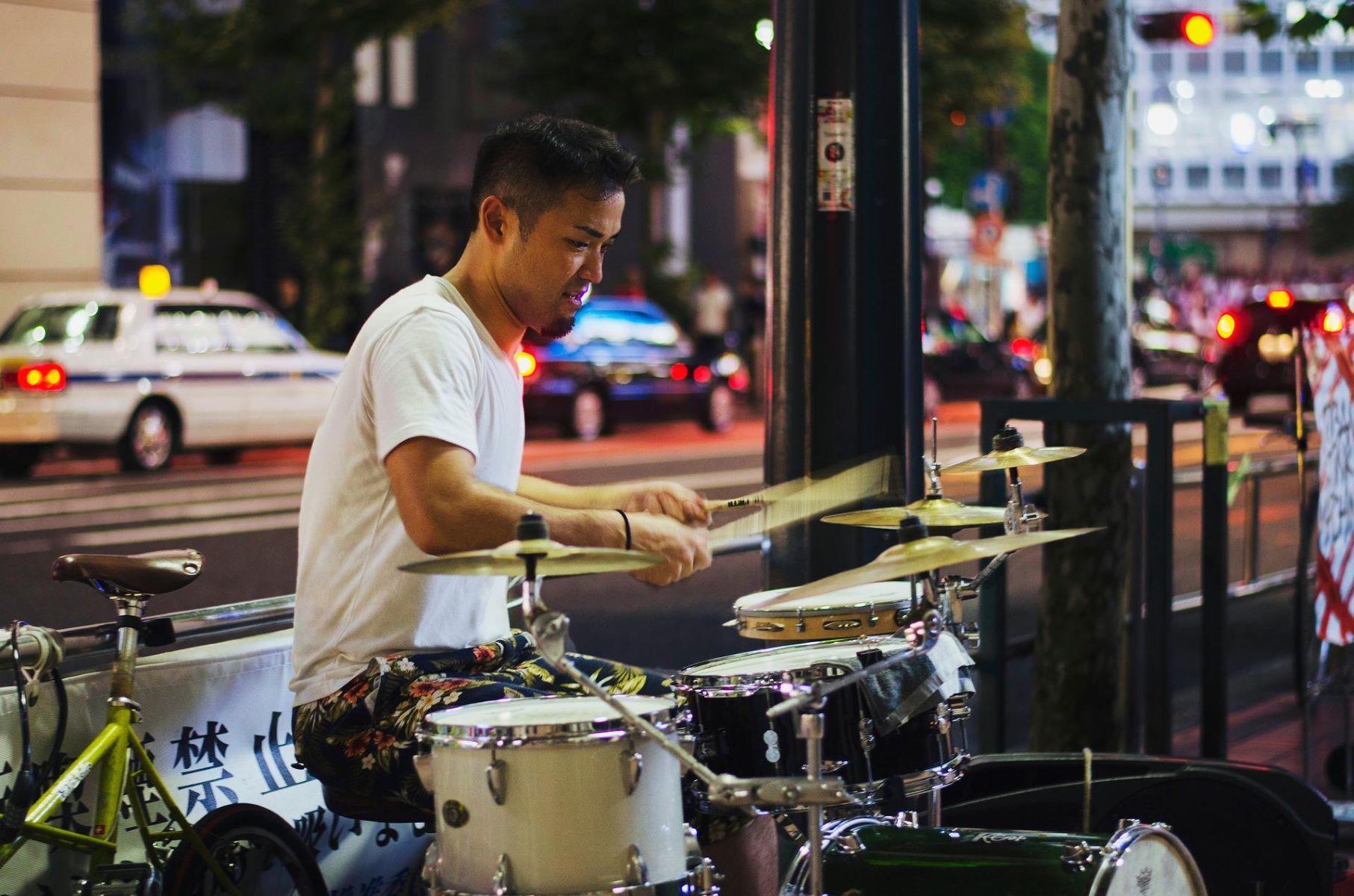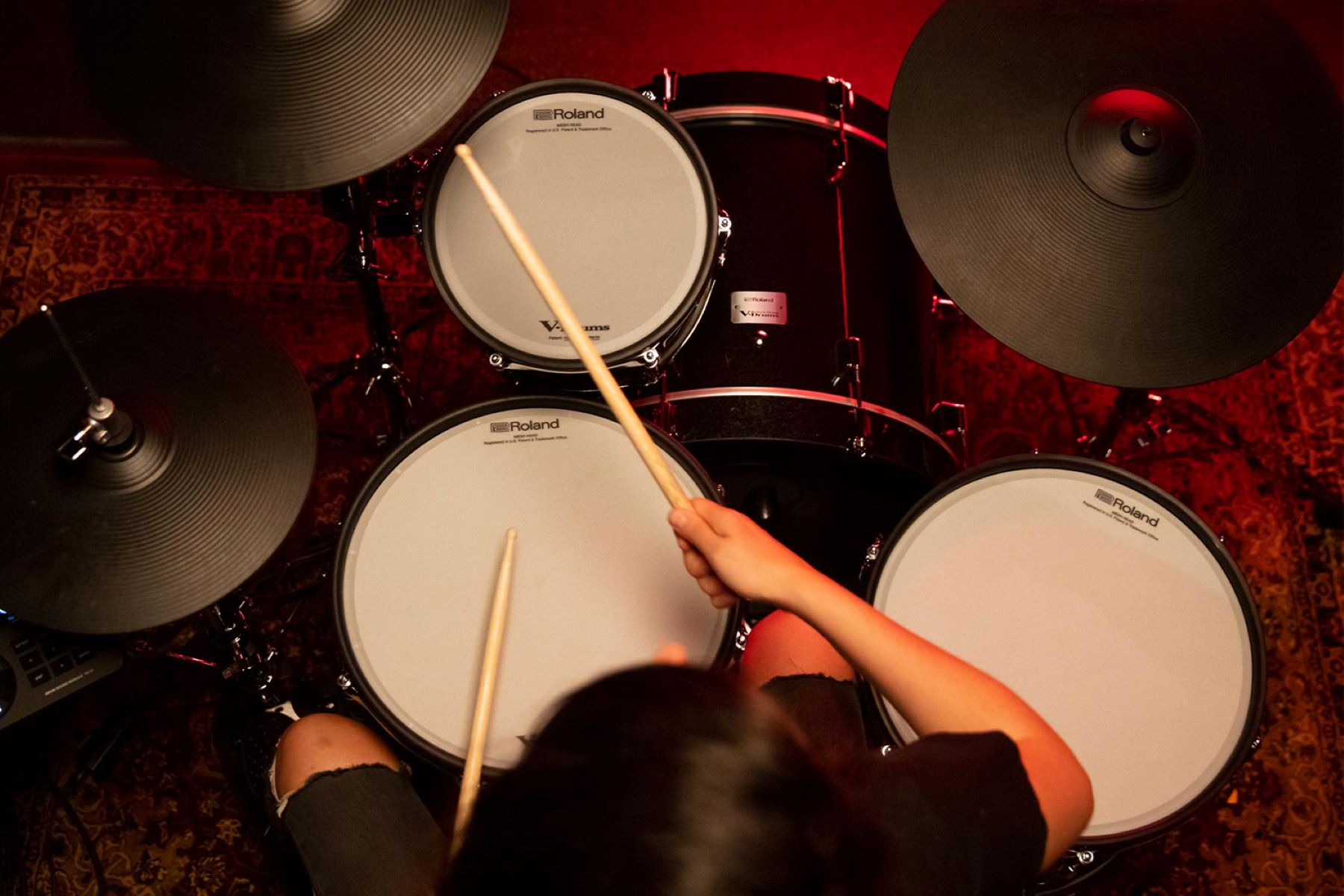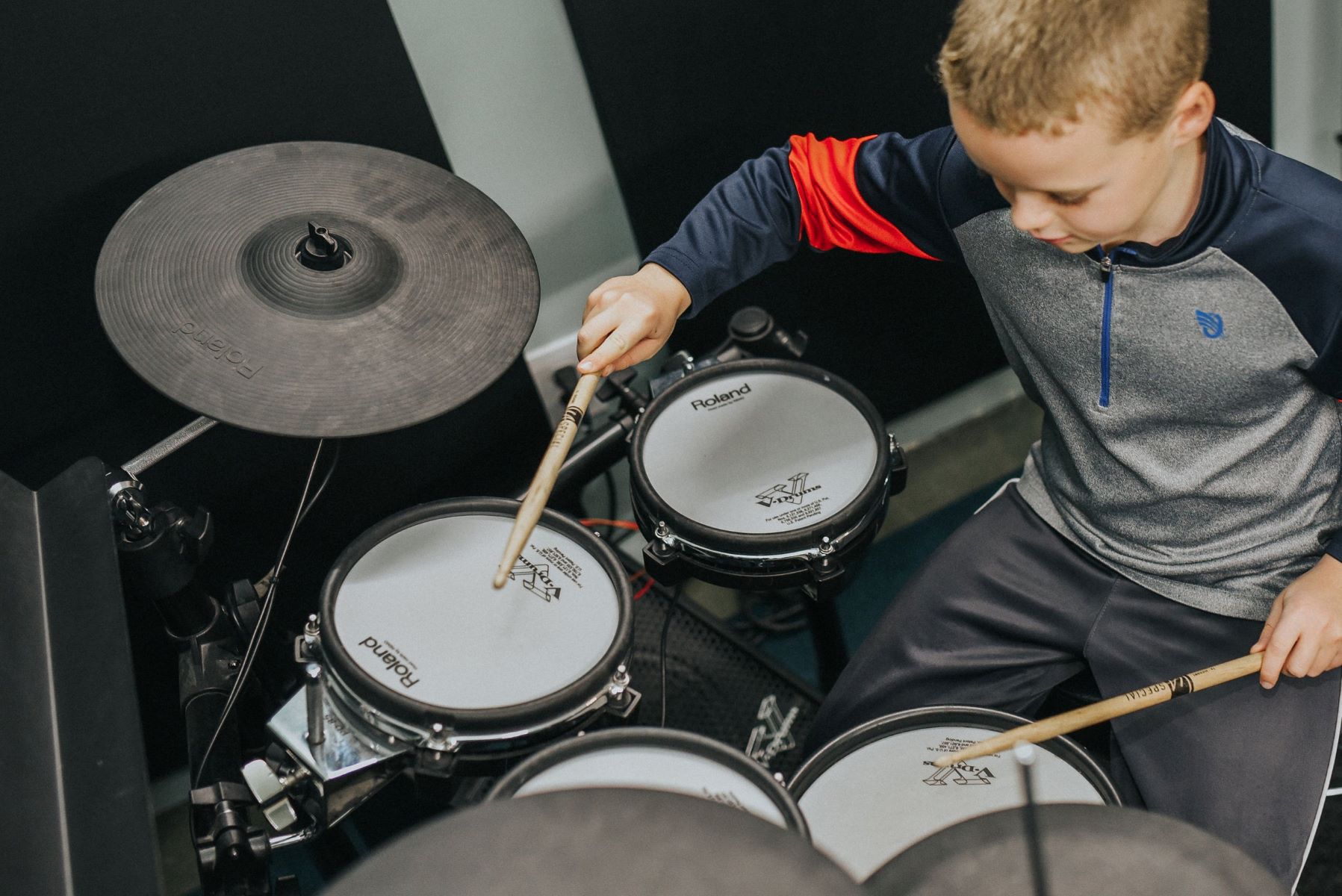Home>Instruments>Drums>How To Play The Bongo Drums


Drums
How To Play The Bongo Drums
Published: February 9, 2024
Learn how to play the bongo drums with our step-by-step guide. Master the techniques and rhythms to become a skilled drummer. Discover the joy of playing drums today!
(Many of the links in this article redirect to a specific reviewed product. Your purchase of these products through affiliate links helps to generate commission for AudioLover.com, at no extra cost. Learn more)
Table of Contents
**
Introduction
**
Playing the bongo drums is an exhilarating and rhythmic experience that dates back centuries. Originating in Cuba, these small but mighty drums have become a staple in various music genres, from Latin jazz to contemporary pop. The unique sound and portability of bongos make them a popular choice for both professional musicians and enthusiastic beginners. If you're looking to embark on a musical journey that is both enjoyable and rewarding, learning to play the bongo drums could be the perfect choice for you.
The bongo drums consist of two drums of different sizes, typically referred to as the "hembra" (female) and "macho" (male). The smaller drum, the macho, produces a higher pitch, while the larger drum, the hembra, delivers a deeper sound. When played together, they create a vibrant and dynamic rhythm that is sure to captivate any audience.
In this comprehensive guide, we will delve into the art of playing the bongo drums, covering everything from the fundamental techniques to advanced rhythms. Whether you're a complete novice or have some experience with percussion instruments, this guide will provide valuable insights to help you master the bongos. So, let's embark on this rhythmic adventure and uncover the captivating world of bongo drumming.
Getting Started
Before you dive into the world of bongo drumming, it’s essential to familiarize yourself with the basic components of the instrument. Start by obtaining a quality pair of bongo drums; ensure that the drums are properly tuned and in good condition. Additionally, you may want to invest in a sturdy stand to support the drums during play, although playing them handheld is also common.
Once you have your bongos ready, find a comfortable and well-lit space to practice. It’s crucial to have good posture while playing, so choose a chair with a straight back that allows you to maintain an upright position. Setting up in a well-lit area will not only enhance your practice experience but also allow you to clearly see your hand movements as you play.
Next, consider the use of accessories such as a metronome or a drumming book with bongo-specific exercises. These tools can aid in developing your sense of rhythm and expanding your repertoire of beats and patterns. Familiarizing yourself with the anatomy of the bongo drums and understanding the proper way to hold them will set a strong foundation for your learning journey.
As you begin your bongo drumming adventure, keep in mind that patience and persistence are key. Like any musical pursuit, mastering the bongos takes time and dedication. Embrace the process and allow yourself to make mistakes, as they are valuable learning opportunities. With the right mindset and preparation, you’re ready to embark on this rhythmic journey and unlock the captivating world of bongo drumming.
Holding the Bongo Drums
Before you can produce captivating rhythms on the bongo drums, it’s crucial to master the art of holding them correctly. The way you hold the bongos directly impacts your comfort, technique, and overall performance. Here’s a step-by-step guide to help you achieve the optimal grip:
- Positioning the Bongos: Place the smaller drum, known as the macho, on your left side and the larger drum, the hembra, on your right side. Ensure that the drums are stable and positioned at a comfortable height, typically between your knees and waist.
- Embracing the Drums: Embrace the bongos with your knees and lower body to stabilize them. This technique allows for greater freedom of movement and prevents the drums from shifting during play.
- Hand Placement: When holding the bongo drums, your non-dominant hand (often the left hand for right-handed individuals) will be positioned on the hembra, while your dominant hand rests on the macho. Ensure that your hands are relaxed and your fingers are curved over the drum heads, ready to strike with precision.
- Maintaining Posture: Sit up straight and maintain a relaxed posture while holding the bongos. This position not only supports optimal breathing and circulation but also enhances your overall control and dexterity.
Remember, the key to holding the bongo drums lies in finding a balance between stability and flexibility. Experiment with different hand placements and body positioning to discover what feels most natural and allows for fluid movement. With consistent practice and mindful adjustments, you’ll develop a comfortable and effective grip that sets the stage for impressive bongo drum performances.
Basic Techniques
Mastering the fundamental techniques of bongo drumming is essential for building a strong rhythmic foundation. Whether you’re a novice or have some experience with percussion instruments, honing these techniques will elevate your playing to new heights. Here are the fundamental bongo drumming techniques to focus on:
- Open Tone: The open tone is the most commonly used technique on the bongos. To produce this resonant and full-bodied sound, strike the drum head with the tips of your fingers, allowing the fingers to bounce off the surface. This technique creates a vibrant and clear tone that forms the backbone of many rhythmic patterns.
- Muffled Tone: Unlike the open tone, the muffled tone involves placing your hand on the drum head immediately after striking it, dampening the sound. This technique produces a shorter and subdued tone, adding depth and variation to your rhythms.
- Slap: The slap is a dynamic and percussive technique that adds flair to bongo playing. To execute a slap, use the base of your palm to strike the drum head forcefully. The resulting sound is sharp and crisp, making it a compelling addition to rhythmic improvisation.
- Finger Roll: The finger roll technique involves rapidly striking the drum head with your fingertips in a rolling motion. This creates a continuous and fluid sound that can add intricate embellishments to your playing, enhancing the overall texture of the rhythm.
As you familiarize yourself with these basic techniques, focus on maintaining a relaxed and fluid motion with your hands. Consistent practice and mindful attention to your hand movements will refine your execution of these techniques, allowing you to produce captivating and expressive rhythms on the bongo drums.
Playing Different Rhythms
Exploring diverse rhythms on the bongo drums opens up a world of creative expression and musical versatility. Whether you’re drawn to traditional Afro-Cuban beats or contemporary fusion styles, mastering various rhythms will enrich your bongo playing experience. Here are some foundational rhythms to kickstart your rhythmic exploration:
- Martillo (Hammer): This fundamental rhythm serves as an excellent starting point for bongo enthusiasts. The martillo pattern consists of alternating open tones played on the macho and hembra drums, creating a lively and infectious groove.
- Cáscara: The cáscara rhythm is characterized by a syncopated pattern that emphasizes the offbeats. By integrating muffled tones and open tones, you can achieve a nuanced cáscara rhythm that adds depth and complexity to your bongo playing.
- Guaguancó: Originating from the Cuban rumba tradition, the guaguancó rhythm infuses bongo playing with spirited syncopation and improvisational flair. Embrace the expressive possibilities of the guaguancó rhythm by incorporating slaps and intricate finger rolls into your playing.
- Bembé: This versatile rhythm, rooted in Afro-Cuban traditions, encompasses a rich tapestry of percussive patterns. As you delve into the bembé rhythm, experiment with polyrhythmic elements and explore the interplay between the macho and hembra drums to create a captivating sonic tapestry.
Each rhythm offers a unique rhythmic vocabulary and cultural heritage, providing a platform for artistic exploration and personal interpretation. By immersing yourself in these diverse rhythms, you’ll expand your rhythmic repertoire and develop a deeper appreciation for the expressive potential of bongo drumming.
Advanced Techniques
As you progress in your bongo drumming journey, delving into advanced techniques will elevate your playing to a more intricate and dynamic level. These techniques require precision, control, and a deep understanding of rhythmic intricacies. Here are some advanced bongo drumming techniques to expand your skill set:
- Rim Shots: Incorporating rim shots into your bongo playing introduces a percussive punch and a distinct tonal variation. By striking the edge, or rim, of the bongo drum with your fingertips, you can produce a sharp and resonant sound that adds emphasis and texture to your rhythms.
- Cross-Phrasing: Cross-phrasing involves creating rhythmic patterns that span both drums, seamlessly integrating the macho and hembra to generate complex and syncopated rhythms. This technique demands coordination and dexterity, allowing you to craft compelling and multidimensional grooves.
- Ostinato Patterns: Ostinato patterns are repetitive rhythmic motifs that form a foundational backdrop for musical compositions. By incorporating ostinato patterns into your bongo playing, you can establish a hypnotic and entrancing rhythmic foundation that complements other instruments and vocals.
- Soloing and Improvisation: Embracing soloing and improvisation on the bongo drums empowers you to unleash your creative voice and expressively interact with other musicians. Through soloing, you can showcase your rhythmic prowess and infuse your performances with spontaneity and individuality.
These advanced techniques expand the sonic possibilities of bongo drumming, allowing you to craft intricate and compelling rhythms that captivate audiences and fellow musicians alike. As you integrate these techniques into your playing, embrace experimentation and artistic exploration to unlock the full potential of the bongo drums.
Tips for Improving
Continual improvement is at the heart of mastering any musical instrument, and the bongo drums are no exception. Here are some valuable tips to enhance your bongo drumming skills and elevate your playing to new heights:
- Consistent Practice: Dedicate regular time to practice the bongo drums, focusing on refining techniques, exploring new rhythms, and building endurance. Consistent practice is the cornerstone of progress and proficiency.
- Active Listening: Immerse yourself in diverse musical styles and bongo performances. Actively listen to renowned bongo players and percussion ensembles to glean inspiration, expand your rhythmic vocabulary, and refine your sense of timing and dynamics.
- Collaborate with Musicians: Engage in musical collaborations with other instrumentalists and musicians. Collaborative experiences provide opportunities to hone your rhythmic interactions, adapt to varying musical contexts, and cultivate ensemble playing skills.
- Record and Reflect: Record your practice sessions and performances to assess your progress objectively. Reflecting on recordings allows you to identify areas for improvement, track your development, and celebrate milestones in your bongo drumming journey.
- Explore Diverse Genres: Venture into diverse musical genres and cultural traditions that feature bongo drumming. Embracing a wide spectrum of styles broadens your musical horizons and enriches your rhythmic sensibilities.
- Seek Instruction and Feedback: Consider seeking guidance from experienced bongo instructors or mentors. Constructive feedback and personalized instruction can offer invaluable insights, address technical challenges, and propel your growth as a bongo player.
- Stay Curious and Creative: Cultivate a spirit of curiosity and creativity in your bongo drumming endeavors. Embrace experimentation, improvisation, and the exploration of unconventional rhythmic patterns to infuse your playing with innovation and originality.
By integrating these tips into your bongo drumming practice and performance approach, you’ll embark on a fulfilling and enriching journey of musical growth, honing your skills and deepening your connection with the rhythmic allure of the bongo drums.
Conclusion
Embarking on the rhythmic odyssey of bongo drumming unveils a world of musical expression, cultural heritage, and artistic fulfillment. From mastering fundamental techniques to exploring diverse rhythms and delving into advanced playing styles, the journey of bongo drumming is a captivating and enriching pursuit.
As you hone your skills and immerse yourself in the vibrant rhythms of the bongo drums, remember that the essence of this musical journey lies in dedication, creativity, and a passion for rhythmic exploration. Embrace the nuances of each technique, savor the infectious energy of diverse rhythms, and let your bongo playing reflect your unique musical voice.
Whether you aspire to captivate audiences with spirited performances or simply revel in the joy of rhythmic expression, the bongo drums offer a dynamic and versatile canvas for your musical aspirations. With each practiced beat and resonant tone, you contribute to the rich tapestry of percussive artistry, adding your voice to a tradition that spans continents and cultures.
So, let the rhythmic pulse of the bongo drums guide your musical journey, and may your playing resound with the infectious spirit of rhythmic innovation and artistic passion. Embrace the rhythmic allure of the bongo drums, and let your percussive odyssey unfold with boundless creativity and rhythmic vitality.

